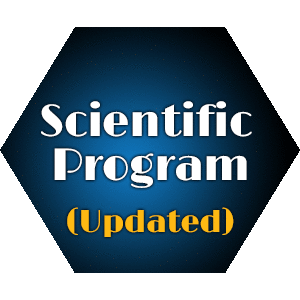
Sahil Verma
Heart Rhythm Center, USA
Title: In a preliminary simulation data, stent with thinnest strut beta crystalline titanium gold alloy (β-ti-au) outperforms typical implants
Biography
Biography: Sahil Verma
Abstract
Background: Large volume of data support the overall safety of coronary stents for cardiovascular disease. Yet, one cannot lose sight of their shortcomings such as restenosis; hence stents continue to evolve in lattices, materials, and drugs. Studies outlining the successful use of titanium gold alloy stents to counter these issues are lacking.
Methods: In this analysis we obtained available historical manufacturing records on routinely used stents to compare to two revolutionary titaniumgold alloy stents. By using a 3D CAD finite element analysis space, each stent type was tested for flexibility, rigidity and radial forces. Except for lengths and diameter, each type was held to their own strut geometry and thickness. Our analysis focused on using Von Mises Stress and resulting deformation or expansion. Our assessments were performed by using discrete changes and Pearson’s chi-squared statistics to obtain significance of our findings. Three lengths: 15mm, 27.5mm and 40mm were tested for each type. Comparisons were obtained from the mean percentage length or diameter (3.5mm) changes.
Results: β-Ti-Au alloy in our hexagonal mesh was significantly more expansive (78.29 percent gain in diameter under 7 atm than Orsiro Hybrid (the baseline) p < 0.001. The best performance in vertical crush testing was obtained from our second original structure, titanium – gold alloy stent 1 (0.8 percent vs control). Nobori was the most longitudinally flexible in that testing category but was closely matched by beta titanium – gold alloy (1.97 percent vs 2.19 percent) with promus PREMIER’s performance serving as the zero-reference point. In radial strength testing, our opened and closed titanium-gold structures first and second designs respectively came second and third to Orsiro (10.03 percent >9.09 percent >7.80 percent). Maximum changes in displacements 0.19 and 0.25. Both values were significant. (95% CI 0.11-0.27, 0.17-2.33).
Conclusion: Routine use of Titanium in coronary stents has been hindered by its low density, elastic modulus and strength; contrary these results suggest that by mixing titanium with gold and on the right structure the alloy can be constructed with a thin strut for percutaneous coronary intervention.

